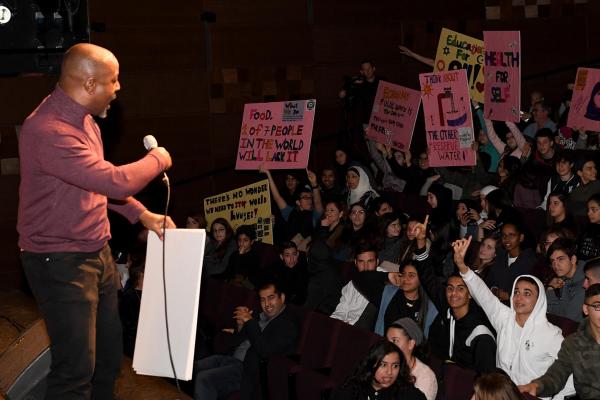Jul 12, 2018
And then jazz enters the scene, a music that grapples with chaos and comes out with soul. In the tension of clashing notes and melodies, fingers flying across valves and keys, the band finds a groove that communicates the experience of the civil rights movement
Read the Full Article

Already a subscriber? Login
